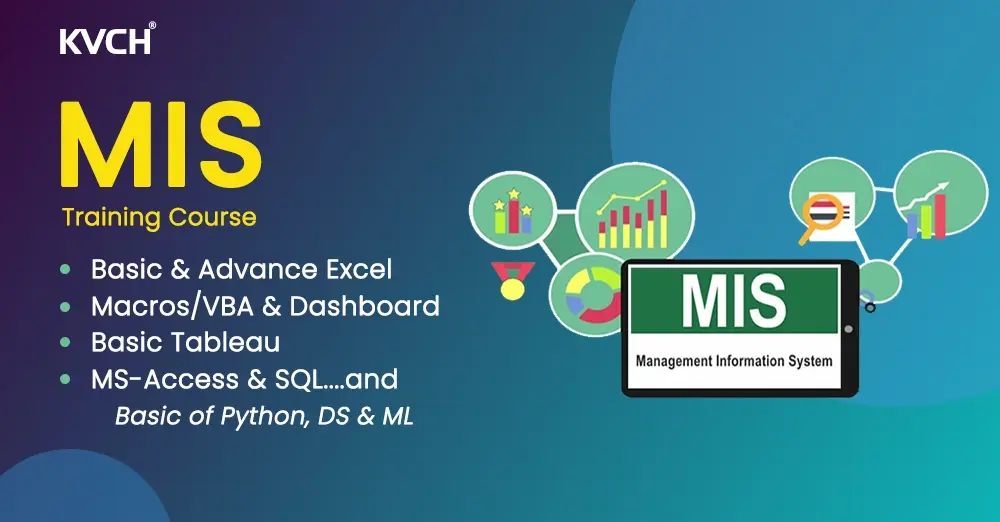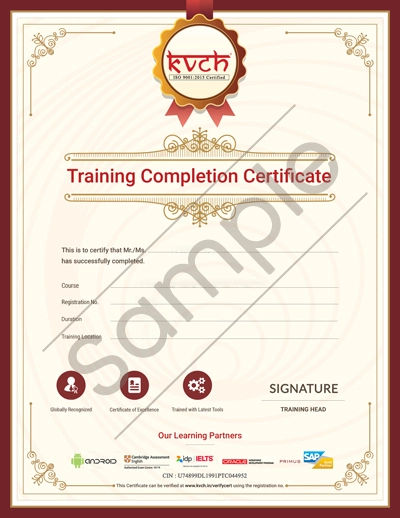Are you looking for the best MIS Training Institute? KVCH is the leading provider of MIS training courses through industry experts. Our MIS training programme is tailored to Undergraduates (UG), Graduates, Working Professionals, and Freelancers. We provide end-to-end learning on the MIS domain with greater depth to help every profile build a successful career.
KVCH is one of the largest MIS training centres, with cutting-edge technology and lab facilities, as well as the option of enrolling in multiple courses. KVCH helps prepare thousands of candidates for MIS at reasonable fees that are tailored to each attendee's training and course content needs. The MIS training course focuses on "Learning by Doing" by utilising cutting-edge infrastructure to conduct hands-on activities and real-world simulations. This extensive hands-on MIS training helps ensure that you acquire the skills and knowledge that you'll need to implement at work after being placed in an MNC.
The mentors at KVCH help each student master the fundamentals to advanced concepts of MIS. We want every student to be industry ready, not just learn theoretical concepts.
We are one of the best MIS training institutes, providing 100% placement assistance.
KVCH provides students with well-defined course modules and training sessions.
- Aspirants learn the skills for Introduction to MIS, Advanced Filter and Custom Sorting, Lookup, VLookup & HLookup, Advanced Filter, Dashboard using Power BI and Grouping/Ungrouping, in KVCH's MIS training course.
- Tools, Basic Understanding Menu and Toolbar, MS Access, SQL (Structured Query Language) using SQL Server, SQL Fundamental, MIS on real-world projects, overview of Python, Data Science and Machine Learning are all available.
- MIS Training has been designed in accordance with the most recent industry trends, with advanced MIS course material and curriculum based on the professional requirements of the student, assisting them in obtaining placement in multinational corporations and achieving their career objectives.
- With our MIS training course, you will learn basic to advanced level.
Upon successful completion of the course, you will be awarded a certificate from KVCH recognising your achievement as a successful MIS expert.










